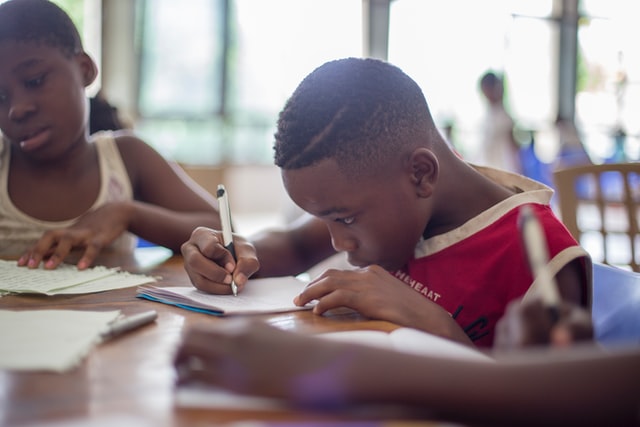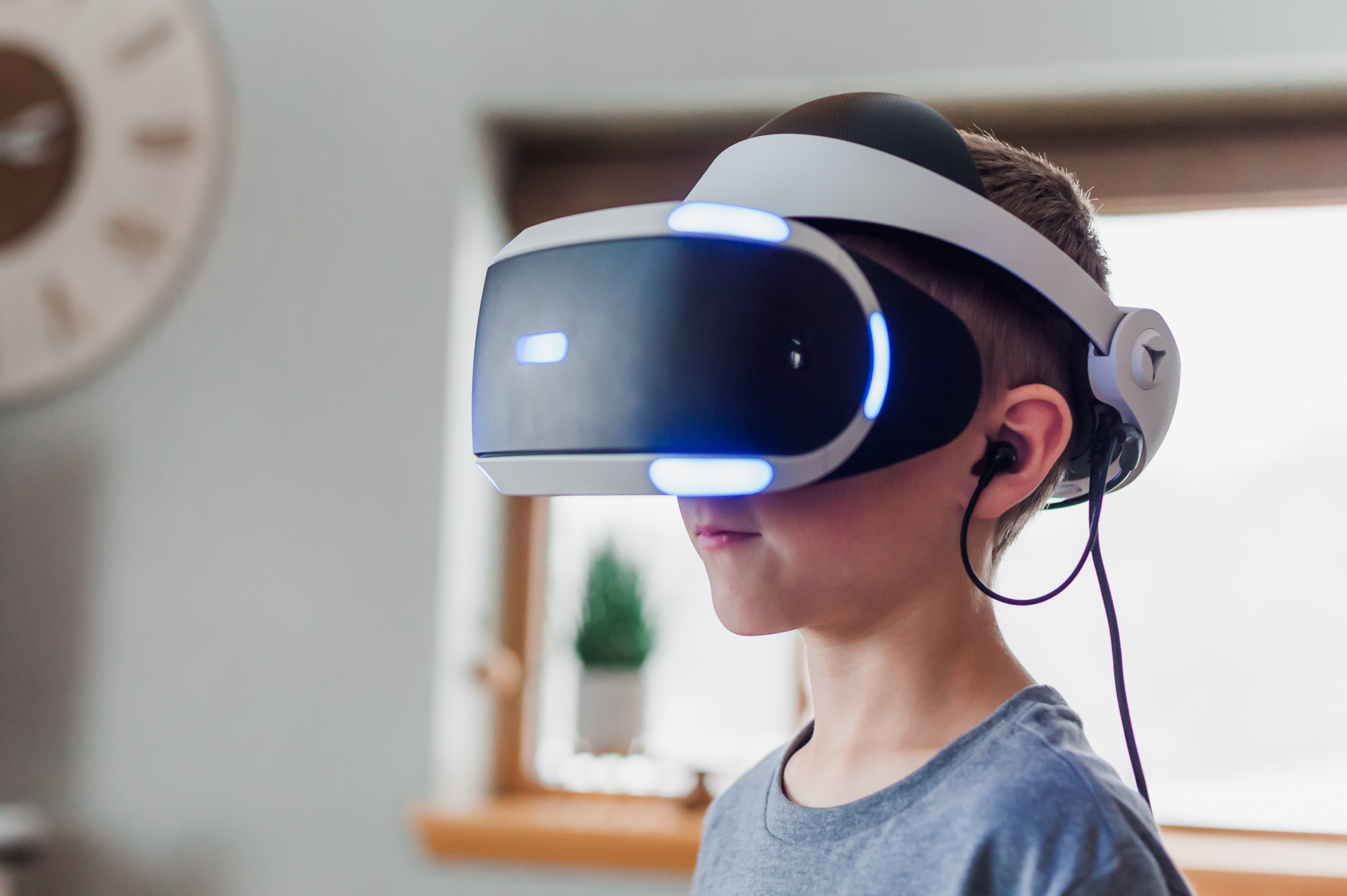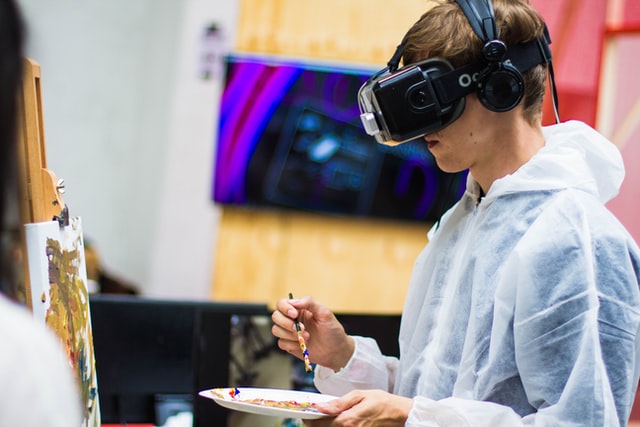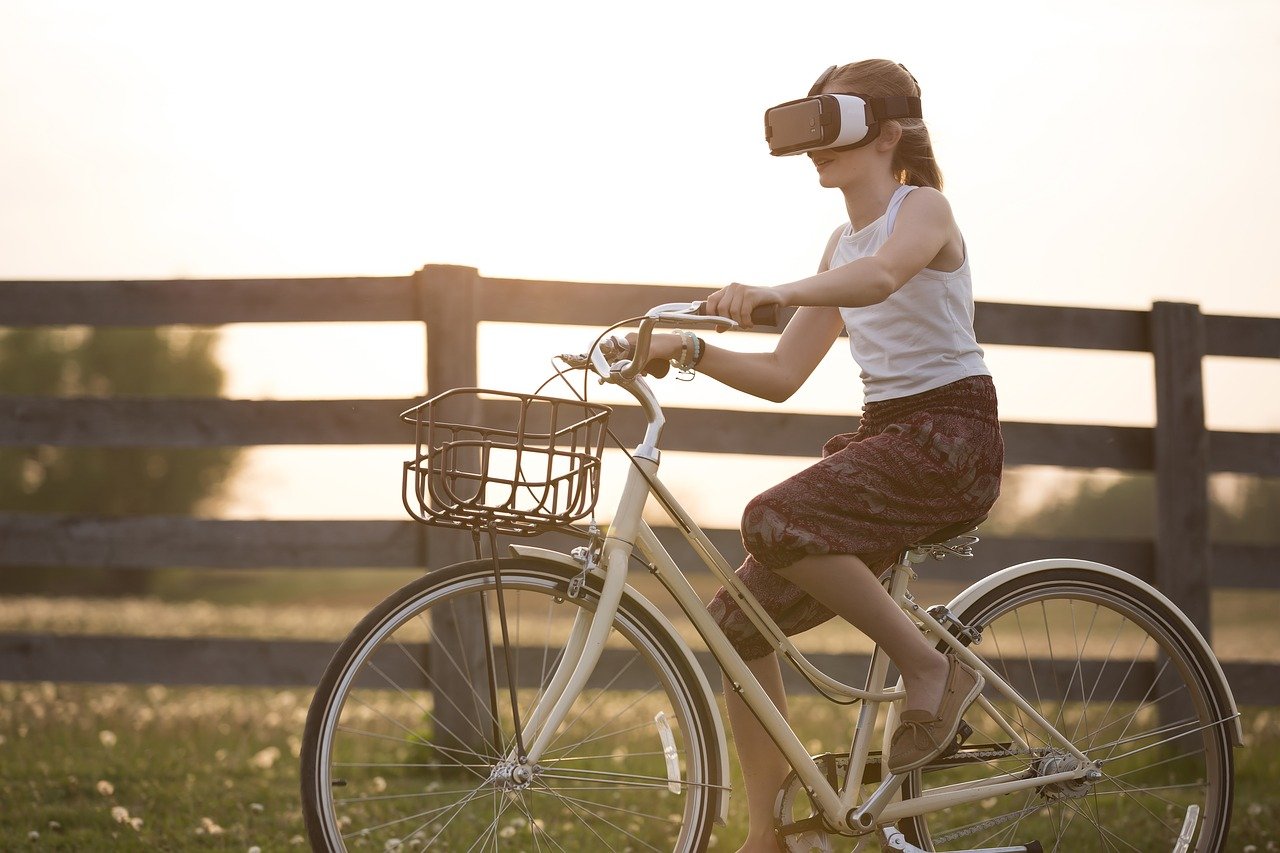How AI is Impacting The Education Sector?
 Image: Hitesh Choudhary unsplash : https://unsplash.com/
Image: Hitesh Choudhary unsplash : https://unsplash.com/
Artificial intelligence has taken the world around us by storm, and like all things in the 21st century, it has thoroughly impacted the education sector.
From chatbots to automated thermostat conditioning, the machines around us learn from our behavior and then act intelligently to deliver the best possible service or product.
Almost every industry out there is leveraging the power of AI. How, then, can education not be impacted by something so all-consuming.
AI has changed the delivery, approach, and stylization of the education sector around the globe with relevant innovation. Here is how we see the industry evolve and grow, owing to AI.
- 0 Comments
- Feb 9, 2021 10:00:00 AM
- Posted by Natalia Galvis
- Topics: Math, Math Book, EdTech, STEM, Curriculum, teachers, students, Technology, VR, Realidad Virtual, Edchat, Gendergap, Digital Technology, teaching, online, Virtual Reality, virtual learning, lessons
Guiding Special Education Students to Stay on Track for Success in Hybrid Classrooms
 Sandri Vedri: https://unsplash.com/
Sandri Vedri: https://unsplash.com/
Coaching special education students on metacognitive strategies helps them stay motivated during the pandemic.
- 0 Comments
- Feb 8, 2021 10:00:00 AM
- Posted by Natalia Galvis
- Topics: Math, Math Book, EdTech, STEM, Curriculum, teachers, students, Technology, VR, Realidad Virtual, Edchat, Gendergap, Digital Technology, teaching, online, Virtual Reality, virtual learning, lessons
4 Ways to Support Students During Online Learning
By CHRISTINE FLOYD
 Photo by Beci Harmony on Unsplash
Photo by Beci Harmony on Unsplash
Online learning swept across the country in early 2020, but it isn't without its hurdles-here's how to help students navigate their new reality
- 0 Comments
- Feb 5, 2021 10:00:00 AM
- Posted by Natalia Galvis
- Topics: Math, Math Book, EdTech, STEM, Curriculum, teachers, students, Technology, VR, Realidad Virtual, Edchat, Gendergap, Digital Technology, teaching, online, Virtual Reality, virtual learning, lessons
The Post-Pandemic Outlook for VR in Education
 Image: Jessica Lewis https://unsplash.com
Image: Jessica Lewis https://unsplash.com
During the pandemic, digital products and services have become the salvation, and the demand for technology and new developments has grown sharply. The global EdTech industry grows by 17-25% per year. It received an additional impulse to grow due to the lockdown. Those trends that were relevant before the current situation are gaining momentum more and more.
- 0 Comments
- Feb 4, 2021 10:00:00 AM
- Posted by Natalia Galvis
- Topics: Math, Math Book, EdTech, STEM, Curriculum, teachers, students, Technology, VR, Realidad Virtual, Edchat, Gendergap, Digital Technology, teaching, online, Virtual Reality, virtual learning, lessons
Education Technology and the Future of Higher Ed Leadership
 Photo by Christopher Gower on Unsplash
Photo by Christopher Gower on Unsplash
Education Technology (EdTech) has had a more significant impact on education than anyone expected. Now its effects are reaching into the field of higher education. In this article, we will discuss Education Technology and the future of higher ed leadership.
- 0 Comments
- Feb 3, 2021 10:00:00 AM
- Posted by Natalia Galvis
- Topics: Math, Math Book, EdTech, STEM, Curriculum, teachers, students, Technology, Mathematics, Edchat, Gendergap, Digital Technology, teaching, online, lessons
Tips for Effective Social Distance Learning in 2021
By Shannon Flynn
Image: Beci Harmony on Unsplash
2020 was an enormous challenge for everyone, but for parents, adding distance learning to the mix makes things even more difficult. It’s been a solid nine months since the beginning of the pandemic, and while we’re starting to see the beginnings of a vaccine rolling out around the world, it will be quite a while before we’re ready to start heading back to school and work like we used to.
- 0 Comments
- Feb 2, 2021 10:00:00 AM
- Posted by Natalia Galvis
- Topics: Math, Math Book, EdTech, STEM, Curriculum, teachers, students, Technology, Mathematics, Edchat, Gendergap, Digital Technology, teaching, online, lessons
8 virtual field trips for STEM engagement
In-person field trips aren't possible during the pandemic, but virtual field trips offer fun learning experiences for students
- 0 Comments
- Feb 1, 2021 10:00:00 AM
- Posted by Natalia Galvis
- Topics: Math, Math Book, EdTech, STEM, Curriculum, teachers, students, Technology, Mathematics, Edchat, Gendergap, Digital Technology, teaching, online, lessons
How to Spark Engagement in Math With Pictures
 Photo by Joshua Hoehne on Unsplash
Photo by Joshua Hoehne on Unsplash
A popular strategy, using pictures in math class gives students another way to access math concepts and can spark great conversations.
- 0 Comments
- Jan 29, 2021 10:00:00 AM
- Posted by Natalia Galvis
- Topics: Math, Math Book, EdTech, STEM, Curriculum, teachers, students, Technology, Mathematics, Edchat, Gendergap, Digital Technology, teaching, online, lessons
How Technology is shaping the Future of Education?
By Shawn Mack
 Photo source: https://www.pexels.com/photo/person-writing-on-notebook-4145190/
Photo source: https://www.pexels.com/photo/person-writing-on-notebook-4145190/
About 65 percent of students today will engage in an occupation that does not yet exist. Yes, that’s correct. At least, according to this survey conducted by the World Economic Forum.
The very findings depict the effect of rapid change in the learning modules. Modern approaches towards educating the children and the increasing integration of technology will soon bring forth subjects that haven’t yet had our attention. Thus, introducing newer fields with time.
And well, to put it straight, this is only one of the many outcomes that integration of tech into education may bring in the future. There may be several more.
But to truly know the possible potential of these outcomes and their respective impact, we need to study the process in detail. We need to know how exactly technology is shaping the future of education. Let’s look into it.
- 0 Comments
- Jan 28, 2021 10:00:00 AM
- Posted by Natalia Galvis
- Topics: EdTech, STEM, Curriculum, teachers, students, Technology, Edchat, Gendergap, Digital Technology, teaching, online, lessons
5 Ways Universities and Students Are Effectively Using Virtual Reality
By Arthur Evans
 Photo by Billetto Editorial on Unsplash
Photo by Billetto Editorial on Unsplash
Virtual reality (VR) has changed life as we know it. It has also affected the dynamics of education. VR has opened the world’s educational system to a vast horizon of possibilities. Working hand in hand with artificial intelligence (AI) and augmented reality (AR), it has taken education to a whole new level.
Virtual reality brings the world to the students in the classroom. Students can visit and experience the place they’ve never even dreamed of, from the depths of the oceans to the heights of space. Several institutions are already using this technology to enable a more interesting, interactive, and explorative learning environment. It is already closing the gap between the varying ways and the pace students at which students learn.
Here are five great ways that universities and students are effectively using virtual reality across the educational system.
- 0 Comments
- Jan 27, 2021 10:00:00 AM
- Posted by Natalia Galvis
- Topics: EdTech, STEM, Curriculum, teachers, students, Technology, VR, Realidad Virtual, Edchat, Gendergap, Digital Technology, teaching, online, Virtual Reality, virtual learning, lessons
Relevant Posts
Popular Posts
Subscribe to Email Updates
-
I Want To Learn MoreADDITIONAL INFORMATION



